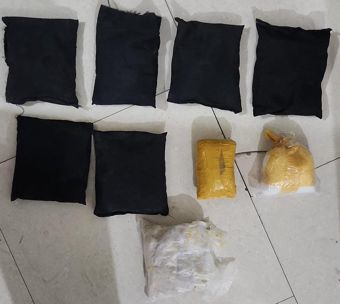
Photo for representation: iStock
New Delhi, April 19
Fossils recovered from Kutch in Gujarat may have belonged to the spine of one of the largest snakes to have ever lived, according to new research from IIT-Roorkee.
From the Panandhro Lignite mine, researchers discovered 27 “mostly well-preserved” bones forming the snake’s spinal column, or vertebra, with some connections still intact. They said the vertebrae appeared to be from a fully-grown animal.
The snake is estimated to be roughly between 11 and 15 metre long, comparable in size only to the extinct Titanoboa, known to be the longest snake to have ever lived, the researchers said. Owing to its size, it may have been a “slow-moving ambush predator”, similar to an anaconda, they said. The findings are published in the journal Scientific Reports.
The researchers have named this newly discovered snake species ‘Vasuki Indicus’ (V. Indicus) after the mythical snake round the neck of the Hindu deity Shiva and in reference to its country of discovery, India, V. Indicus is part of the now extinct madtsoiidae family, known to have lived across a broad geography, including Africa, Europe and India, they added.
The authors said the snake represented a “distinct lineage” originating in India which then spread via southern Europe to Africa during the Eocene, about 56 to 34 million years ago. The first ancestors and close relatives of the modern mammal species are said to have appeared in the Eocene period.
The authors dated the fossils to the Middle Eocene period, roughly 47 million years ago.
The vertebrae, measuring between 38 and 62 millimetres in length, and between 62 and 111 millimetres in width, suggested V. Indicus to possibly have had a broad, cylindrical body, the researchers said.
They extrapolated the measurements of V. Indicus to be between 10.9 and 15.2 metres in length.
Despite uncertainties in estimates, the researchers said the snake was comparable in size to Titanoboa, the fossils of which were first discovered in the 2000s from present day Colombia.
Join Whatsapp Channel of The Tribune for latest updates.



























